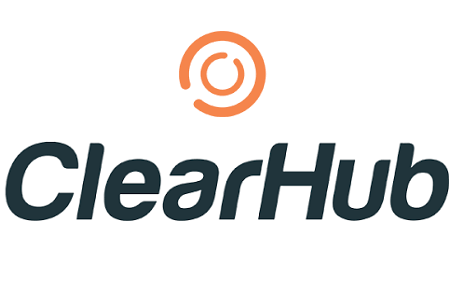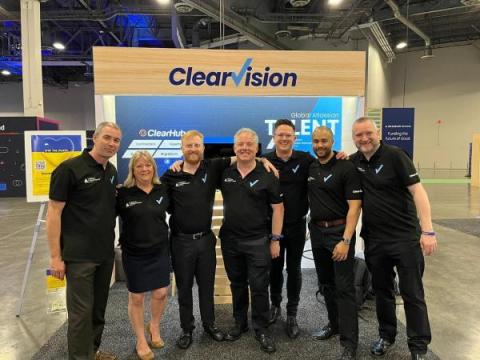How to use Jira for project management
Atlassian’s flagship products include the mighty Jira – born as a tool designed to track the status and progress of issues and bugs in software development. But Jira has come a long way since its first release in 2002. Today, Jira can be deeply customised, and integrated with the whole Atlassian stack. It has evolved into an incredibly powerful tool – and not just for development.











